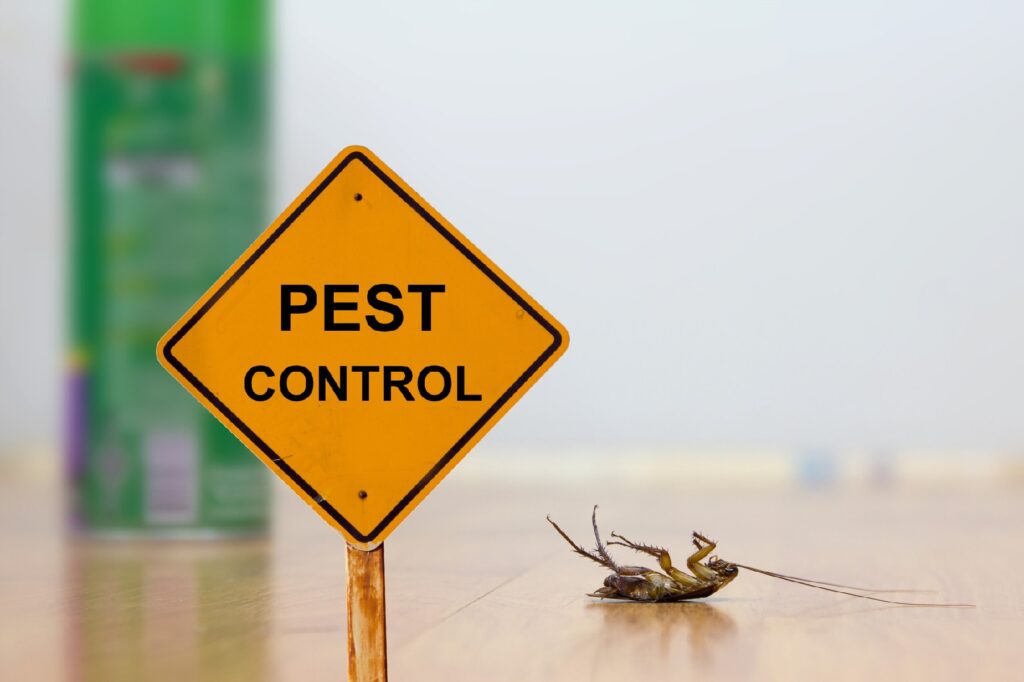Trusted A1 Exterminator Charlotte NC - Comprehensive Pest Solutions
Trusted A1 Exterminator Charlotte NC - Comprehensive Pest Solutions
Blog Article
Bed Bug Treatment Breakdown: Contrasting Chemical Vs. Non-Chemical Solutions
In the world of pest control, especially when taking care of the persistent issue of bed pests, the choice between chemical and non-chemical therapy services can be a pivotal one. Both strategies offer unique benefits and drawbacks, affecting variables such as effectiveness, safety and security considerations, and total cost. By checking out the nuanced details of each technique, a clearer understanding of which path to pursue in resolving a bed pest invasion can be obtained.
Performance of Chemical Treatments
Chemical therapies for bed insect invasions have been extensively identified for their potent and quick efficiency in removing these pests. When thinking about the efficiency of chemical treatments, it is crucial to understand that they can give a thorough and fast solution to a bed pest problem.
In addition, chemical therapies have the advantage of offering residual results, indicating that they can proceed to eliminate bed insects even after the preliminary application. This residual action is particularly advantageous in combating any type of possible re-infestations. Additionally, the rapid action of chemical treatments can bring relief to people encountering serious bed insect problems, enabling them to reclaim control of their space quickly.
Security Interest In Chemical Solutions
When using chemical remedies for bed insect therapy is ensuring the safety and security of passengers and the setting,One crucial aspect that requires careful factor to consider. While chemical treatments can be efficient in removing bed insects, they might pose risks otherwise handled properly. Among the key safety and security problems with chemical options is the possible harm they can create to human wellness. Exposure to certain chemicals made use of in bed bug therapies can cause breathing issues, skin irritation, or various other unfavorable reactions, especially in individuals with pre-existing problems or sensitivities. Furthermore, incorrect application or dosage of chemical pesticides can result in harmful residues sticking around in the treated area, positioning long-term health and wellness dangers to residents.
Additionally, the environmental influence of chemical remedies is an additional significant factor to consider. Some pesticides utilized in bed insect therapies may be unsafe to helpful insects, wildlife, and ecological communities if they leach right into the soil or water supply. It is vital to use chemical therapies carefully, adhering to safety guidelines, and taking into consideration less poisonous alternatives to alleviate these threats and ensure the risk-free and effective monitoring of bed bug invasions.
Benefits of Non-Chemical Methods
Thinking about the potential safety and security worries and environmental effect associated with chemical remedies for bed insect treatment, exploring non-chemical approaches offers an appealing alternative with numerous distinct advantages. Non-chemical treatments are eco friendly, as they do not add to air or water pollution, making them a sustainable selection for bug control.
In addition, non-chemical solutions can be effective in targeting bed pests, including hard-to-reach areas where chemical therapies might not pass through - A1 exterminator charlotte nc. Approaches such as heat treatment, vacuuming, heavy steam cleaning, and bug control home mattress coverings provide extensive removal without the use of dangerous chemicals.
Limitations of Non-Chemical Treatments

In addition, non-chemical therapies typically require several applications to accomplish successful obliteration. This can be lengthy and may not constantly assure full elimination of all bed bugs and their eggs, specifically in hard-to-reach or concealed places.
Furthermore, the success of non-chemical treatments heavily counts on proper application and thoroughness, which can be testing for people without specialist knowledge. Poor application of non-chemical methods may result in incomplete removal, resulting in relentless infestations and the need for additional treatments.
Consequently, while non-chemical treatments have their advantages, it is important to recognize these constraints and consider them when establishing the most effective approach for managing bed bug infestations.
Cost Comparison: Chemical Vs. Non-Chemical Options
Given the limitations related to non-chemical treatments, an essential aspect to assess in the context of bed bug management is the price contrast between chemical and non-chemical alternatives. Chemical therapies commonly entail the application of insecticides by specialists, which can vary from $250 to $900 per space, depending on the severity of the invasion and the size of the location to be dealt with. On the other hand, non-chemical treatments like warm treatment or steam can be a lot more expensive, with expenses ranging from $1,000 to $6,000 for an entire home. While the initial cost of chemical treatments may appear reduced, multiple therapies may be needed to fully eradicate the problem, potentially go right here enhancing the total cost. On the various other hand, non-chemical choices may supply an extra sustainable and green service, although they wikipedia reference can be cost-prohibitive for some individuals. Inevitably, when taking into consideration the expense of bed bug therapy choices, it is necessary to consider the ahead of time costs versus the effectiveness and long-term sustainability of the chosen approach.
Conclusion

Taking into consideration the prospective safety and security concerns and environmental influence linked with chemical services for bed pest therapy, exploring non-chemical techniques offers an appealing alternative with several unique advantages.Offered the limitations associated with non-chemical treatments, a crucial aspect to assess in the context of bed insect management is the price comparison between chemical and non-chemical options. In contrast, non-chemical treatments like warmth treatment or heavy steam can be a lot more costly, with prices varying from $1,000 to $6,000 for an entire home. While the initial cost of chemical treatments might seem reduced, numerous therapies might be required to totally eradicate the invasion, potentially boosting the overall cost.In final thought, when comparing chemical and non-chemical bed bug therapy alternatives, it is necessary to think about performance, security, advantages, restrictions, and price.
Report this page